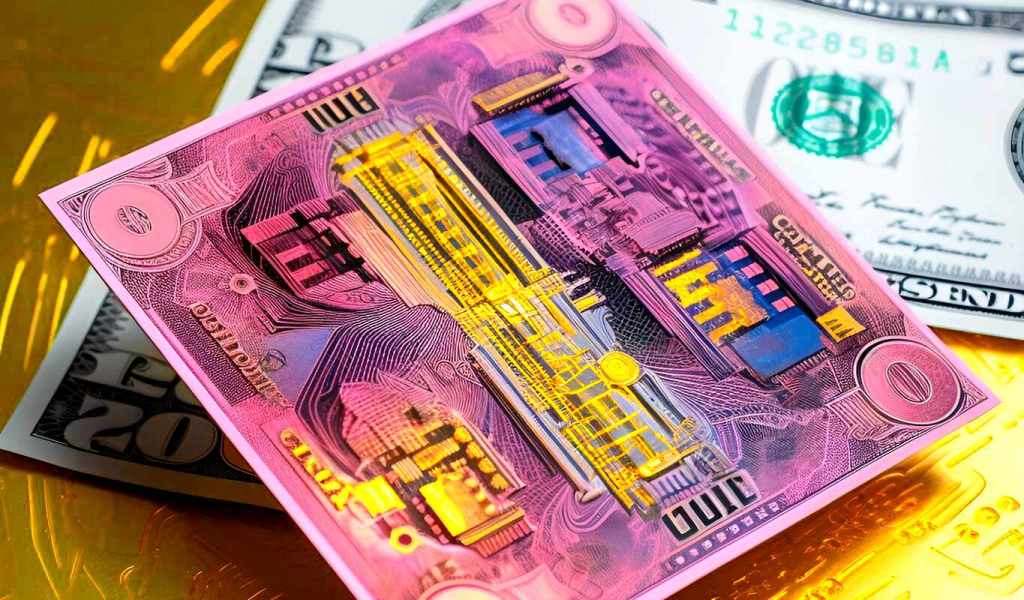
China enacted a number of economic stimulus initiatives to bolster its stock market, but will there be a down-the-pipeline impact on Bitcoin?
News headlines have recently covered how China’s struggling economy poses significant risk to global growth. Economic activity and the flow of credit in the region are weakening, and analysts are not convinced that the Chinese government’s interventions are a sufficient fix for what appear to be structural problems.
For instance, industrial output in July increased by 3.7% compared to the previous year, which is slower than June’s growth rate of 4.4%. Furthermore, Chinese banks issued 89% fewer new loans in July versus June, the lowest since late 2009.
Beyond its impact on global economic growth, there’s concern among investors that the turmoil in China’s real estate market might trigger a ripple effect on the U.S. dollar and commodities. This, in turn, could create an unfavorable scenario for Bitcoin (BTC).
On Aug. 28, the Shanghai Shenzhen CSI 300 Index, a key indicator of the Chinese stock market, initially surged by 5.5% before ultimately closing the day with a 1.2% gain. Despite this improvement, Chinese shares continue to be among the poorest performers globally in equity indexes tracked by Bloomberg.
Bitcoin traders have valid concerns about potential repercussions from the Chinese stock market’s fluctuations. This unease arises from historical price trends and a broader shift in investor sentiment toward avoiding risk-on markets during periods of macroeconomic uncertainty.

As shown in the chart above, Bitcoin's price performance tends to align with the overall movement of China’s stock market, although these movements can be predicted or happen with a time lag. In fact, the 30-day correlation between the CSI 300 Index and Bitcoin/USD reached an unusually high 70% level on Aug. 28.
Can China instill confidence in investors?
Interestingly, the recent surge in the stock market appears to be primarily driven by China’s measures announced on Aug. 27. According to Bloomberg, these measures reportedly included:
- Special refinancing terms to the real estate sector, which should assist the companies in managing challenges and sustaining economic stability.
- Reduced fees that encourage companies to buy back shares, potentially boosting stock prices and investor confidence.
- Selected trading firms lowering leverage margins, making trading with borrowed funds more accessible to investors.
- New stock offerings are expected to face heightened regulatory scrutiny, reducing the competition for the existing companies.
- Limits on selling below the initial public offering price for a specific period to prevent excessive volatility and protect investors from immediate losses.
However, it quickly became evident that the measures, which were initially touted as economic stimulus, lacked the intended effect, according to Ting Lu, chief China economist at Nomura Holdings. He noted that these measures “fall short in halting the downward trend and their impact will be short-lived unless accompanied by support for the actual economy."
In addition to the CSI 300 Index's substantial 23.8% decline since July, there are clear signs of foreign capital fleeing Chinese stocks. Global funds sold around $1.1 billion worth of shares on Aug. 28 alone, contributing to August’s outflows exceeding $11 billion, potentially reaching a record level, as reported by Bloomberg.
The crucial question revolves around why China isn’t implementing effective economic stimulus packages. The answer may lie in the country’s currency value. The yuan’s value against the U.S. dollar has been consistently dropping, as depicted by the yuan price chart. This trend is concerning, as it indicates the currency reaching historically low levels.

Despite incentives like tax breaks, government bond buybacks and monetary distributions to the population, which can lead to increased money circulation and mounting debt, there’s a negative impact on the purchasing power of the yuan. The situation is complex and lacks an easy solution, possibly resulting in China experiencing significantly slower economic growth.
A strong U.S. dollar is bad news for Bitcoin’s price
Interestingly, the primary beneficiary of the outflow from the Chinese stock market seems to be the stock market in the United States, ultimately strengthening the U.S. dollar. As capital flows away from Chinese equities, it tends to weaken the local currency, as investors seek lower-risk options like the S&P 500 index or U.S. money market funds.
Unfortunately, this scenario could present a challenge for Bitcoin, considering it’s priced in dollars and competes as an alternative store of value. For those anticipating a cryptocurrency rally due to a global economic downturn, it’s important to note that the U.S. dollar doesn’t need to be flawless; it only needs to outperform other competing fiat currencies.
Still, market dynamics can swiftly transform once investors recognize the potential overvaluation of the U.S. stock market or when indications of a looming moderate recession in the U.S. emerge, irrespective of the relative strength of the U.S. dollar against its counterparts. Consequently, the value of Bitcoin as an independent and alternative hedge remains valid regardless of being presently unable to reclaim the $29,000 support.
This article is for general information purposes and is not intended to be and should not be taken as legal or investment advice. The views, thoughts, and opinions expressed here are the author’s alone and do not necessarily reflect or represent the views and opinions of Cointelegraph.





























